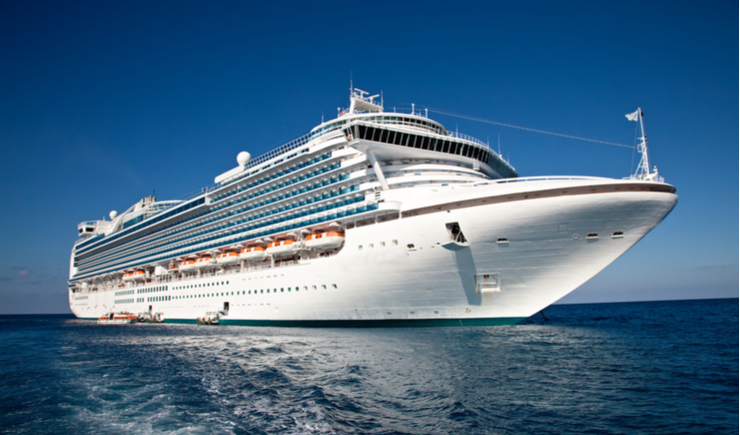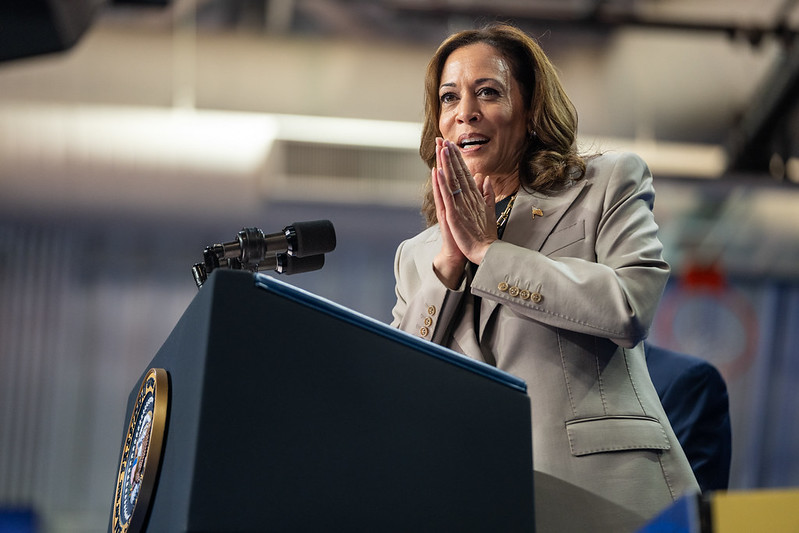
UPDATE 1.23.24: The S&P 500 hit an all-time high this week, driven by the “Magnificent 7.” The problem I outlined below back in November 2017 still exists. Too much of the index is wrapped up in a small number of its biggest stocks. Remember the words of Dick Young, “Diversification is discipline.”
Originally posted November 2, 2017.
“Welcome aboard!”
For some reason, maybe it’s because of all the cruise ships that have visited Newport this Fall, I’m thinking about the S&P 500 as this huge cruise ship. Imagine the guests are common stocks, and to go ashore everyone is assigned to a small water taxi based on their size, or market-cap. The biggest companies, are in one water taxi. It barely floats from all their weight.
Imagine that sinking water taxi, with its bow barely above water, steaming to shore with its five biggest guests: Facebook, Amazon, Apple, Google, and Microsoft. That water taxi is followed by the rest of the fleet bopping likes corks in a tub trying to enjoy the view of Fort Adams and the New York Yacht Club. That, to me, is what the S&P looks like.
The month of October was a perfect example of why this visual of the S&P works. In October, those five stocks accounted for 52% of the gains for the S&P 500. It’s why, at the end of the day, it’s impossible for investors to be as diversified as perhaps they feel they are when only 1% of S&P stocks are the “tour directors.”
And who allows this small group to run the show? Well, considering the 500 stocks are hand-picked by a committee, as I wrote to you here and here, the largest “managed” fund in the world is hardly passive. “Welcome aboard!”



